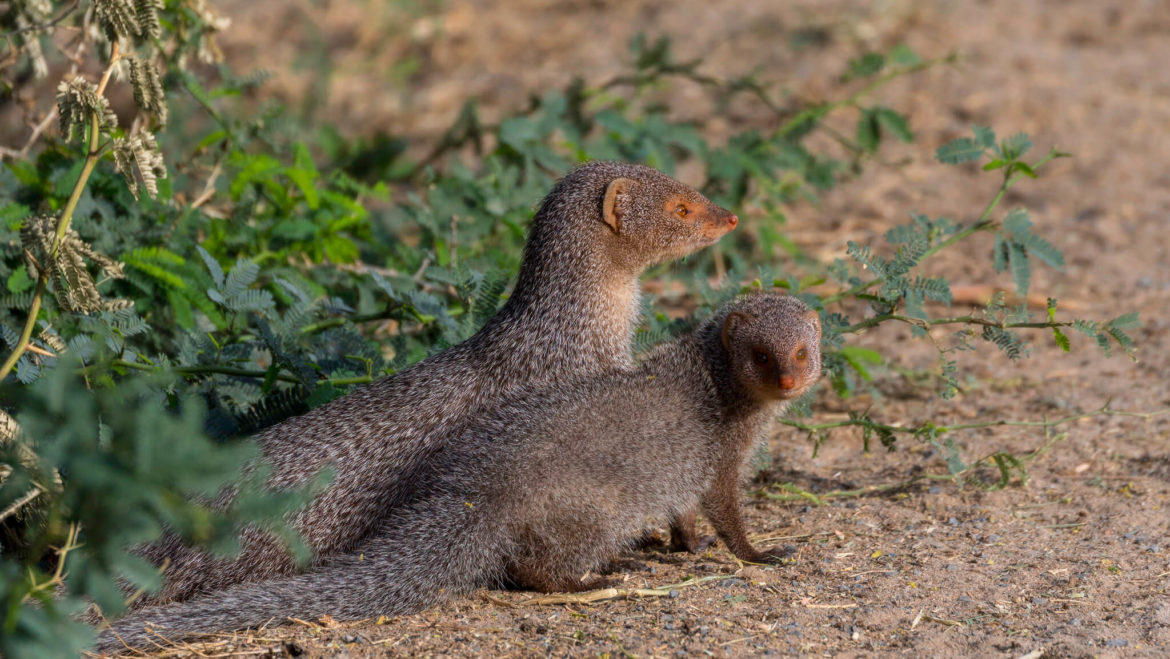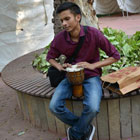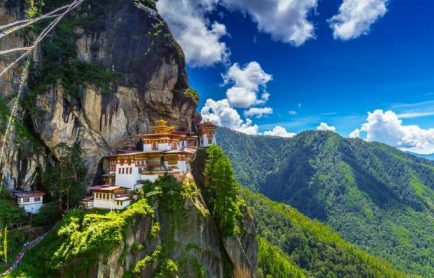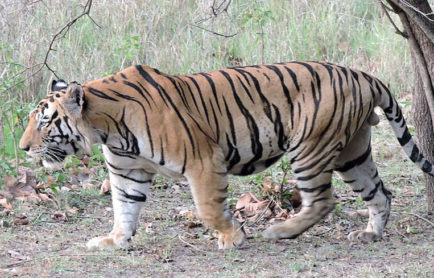Cases of Poaching Gone Unnoticed: Killing of 50,000 Mongooses Every Year for Paint Brushes
 Last Updated: 18 Jun, 2019 By Ashwini
Last Updated: 18 Jun, 2019 By Ashwini

Wildlife Crime Control Bureau (WCCB) and the Uttar Pradesh forest department, on September 30, raided factories and houses in the quaint village of Sherkot in Bijnor District of Uttar Pradesh. The purpose of the raid was to seize the raw mongoose hair. The officials seized around 155 kg of raw mongoose hair and 56,000 brushes that were made from them. It is believed that around 50,000 mongooses are killed every year to make paint brushes.
In Case You Didn’t Know
Mongoose is listed under Schedule 2, Part 2 of the Wildlife Protection Act of 1972. Hunting, possession, trade and transportation of Mongoose is a punishable offence, which is punishable with imprisonment leading up to 7 years. Mongoose is also protected by Convention on International Trade in Endangered Species of Wild Fauna and Flora (CITES).
The Heart of the Matter
After a successful raid in Bijnaur district in September, WCCB officials coordinated with Wildlife Trust of India and raided 13 locations in the country. The raid lead to the seizure of thousands of paintbrushes made out of Mongoose hair. This was the 27th crackdown by WCCB on illegal trade activity in the last two years.
Although the poaching of rhinos, tigers and elephants have traditionally evoked strong public outrage, poaching of thousands of Mongoose has gone unnoticed. Despite such crackdowns and strict laws, the paint brushes with mongoose hair are sold openly in the market. The killing of Mongoose for its hair is the single largest threat to the species right now.
For the Sake of Art
The major reason for using Mongoose hair for paintbrush is attributed to the sensitivity of the brush, the fine finishing and absorbing capacity of the brush. The synthetic brushes don’t offer such fine finishing and absorbent capacity. Although many artists, after being aware of the ongoing issue, have decided not to use Mongoose hairbrush, many artists still prefer these over synthetic brushed.
Mongooses are small carnivorous mammals who have long body, tail and a banded coat. They are widely found in India, majorly in the countryside or farmlands or in the forest covers. There are traditional tribes who prey on Mongoose like Hakki Pakki in Karnataka, Narikuruvas in Tamil Nadu, Gonds in Andhra Pradesh and Karnataka, Nath in Central India and Gulias and Seperas in Northern India. It is believed that these tribes are the major suppliers of Mongoose hair in India.
Chief of Enforcement of WTI, Jose Louies said that over the period of time, the network between collector, middlemen and distributor have grown strong and it has been established well. It has grown to an extent that collector directly visits hunters to the buy Mongoose hair on a regular basis. The quantity of the trade may vary from a few grams to hundreds of Kilos. He estimates that the price of the hair ranges around INR 3,000-5,000 per Kilo.
He also added that earlier these brushes were majorly manufactured by major reputable brands but because of the illegal nature of trade associated with it and environmental concerns have pushed them to stop further manufacturing of such products. However, the demands from buyers have ensured that the killing continues for the small manufacturers to produce Mongoose hairbrush.
An Attempt to Save Mongoose
Additional Director of WCCB, Tilotama Varma said that he wouldn’t want to put the exact market price for the Mongoose hair as it might encourage others to take the profession of supplying it. But he also added that stopping the illegal trade of Mongoose hair has been the highest priority for the Wildlife Crime Control Bureau. Verma said that he and his team have been tracking the illegal trade network and he is preparing further strict actions. He says that, while in other wildlife crimes, most of the consumption of the illegally traded good is in abroad but for this case, the entire domestic market in itself is enormous. He said that in his recent raids, he and his team have come across finer qualities of Mongoose hair are still being sold in the market. He ensured that he and his team are trying to trace the factories and suppliers now.
How Is it Being Supplied?
Tilotama Varma claims that most of the illegally traded Mongoose hair is being supplied through trains and freight trains. The hairs are being shipped in trains as parcels marked as textiles and it is being similarly traded for retail and wholesale trade.
The Need for Awareness
Head of TRAFFIC India, Saket Badola said that there is a vital need to spread awareness about the illegal Mongoose hair trade ongoing in India. He estimates that it takes around 50 animals for 1 Kilogram of hair. Each of these mongoose yields around 40 grams of hair and out of which only half can be used to make brushes. He says that artists and the general public need to be aware of the current crisis and contribute to the cause of saving Mongoose. At this moment, the sale has been at an all-time high and he believes that this is a major concern.
 Published: 24 Dec, 2018By Ashwini
Published: 24 Dec, 2018By Ashwini
Popular Post
Category by Destinations
Travel Intel
Category by Continent
India recent post
Enquiry Form
Get Customized Travel Quotes from Tour My India








